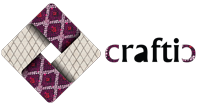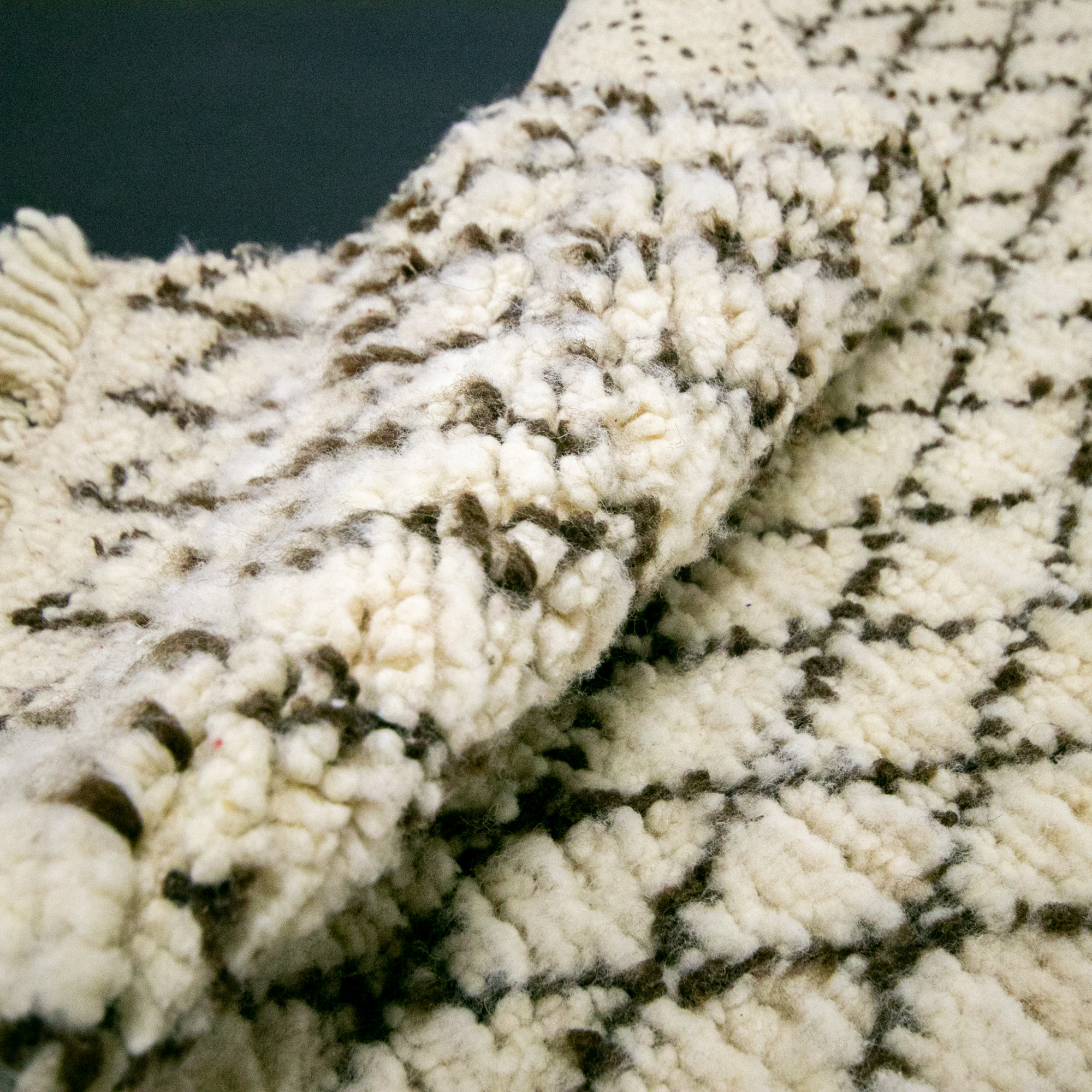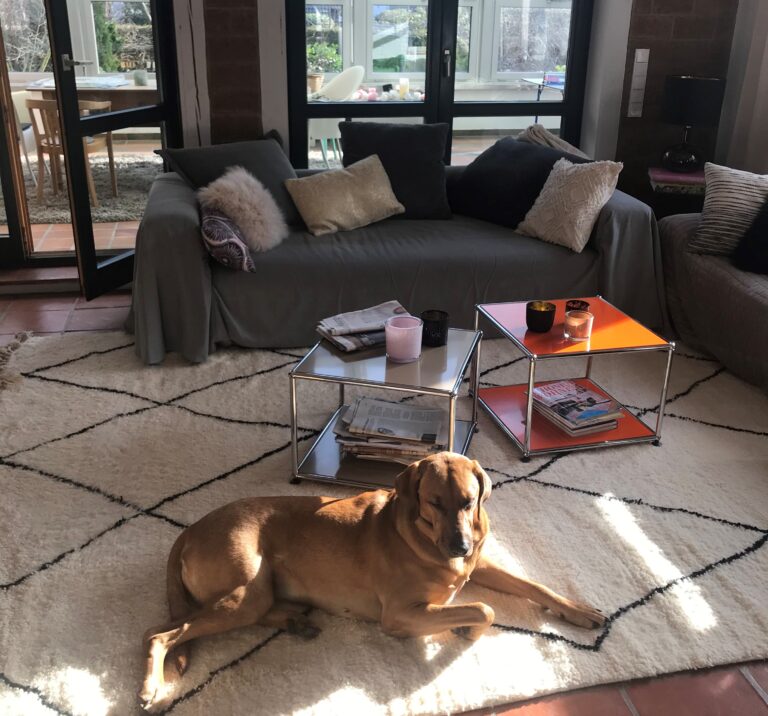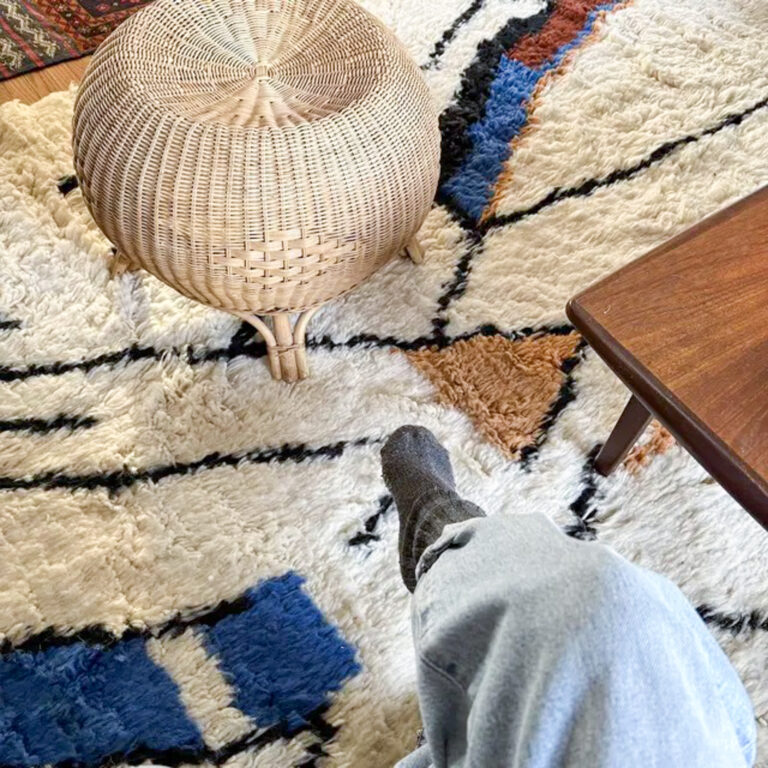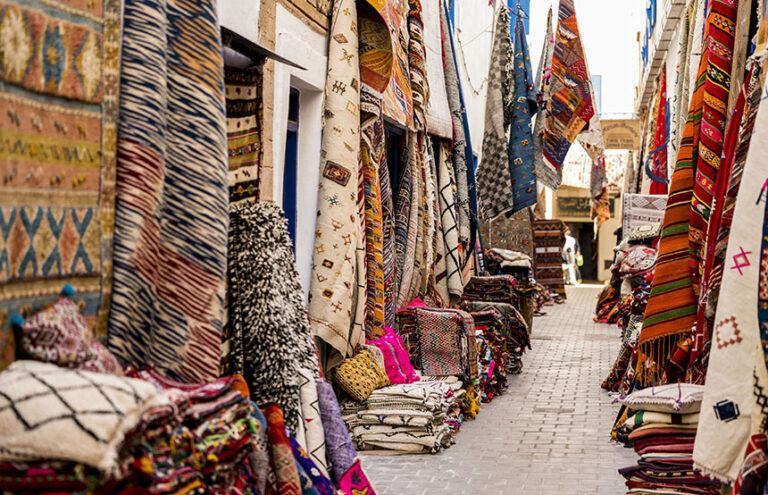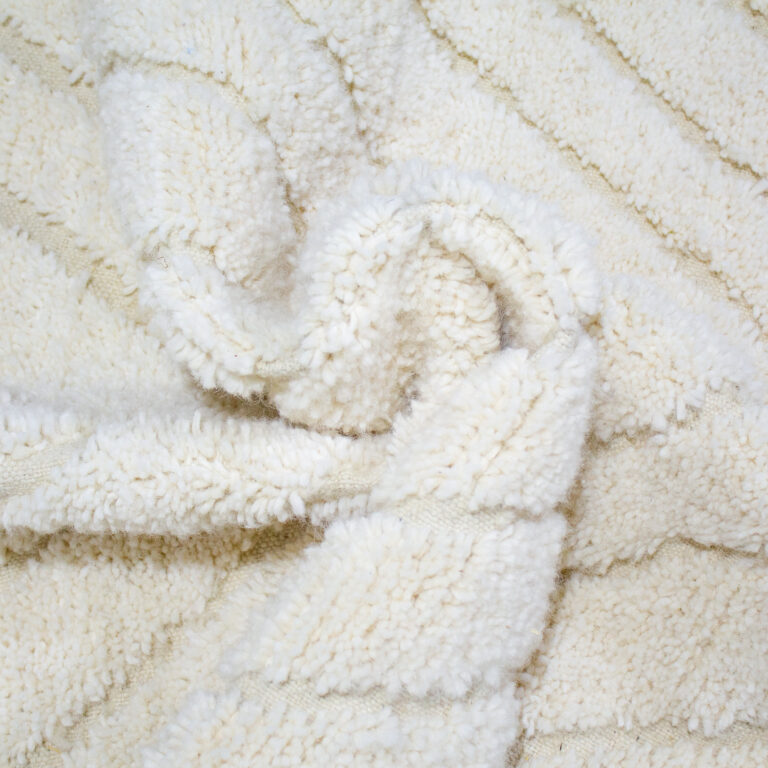From Fleece to Floor: Your Comprehensive Guide to Wool Rugs
Wool rugs that will grace your home for generations, adding beauty and warmth to your everyday life.
Wool rugs. They evoke images of warmth, comfort, and timeless elegance. But beyond their aesthetic appeal lies a rich history, intricate processes, and a wealth of practical benefits. This comprehensive guide will delve deep into the fascinating world of wool rugs, covering everything from the origins of wool to its care and why it remains a superior choice for your home.
A Journey Through Time: The Enduring History of Wool
The story of wool is as old as civilization itself. Evidence suggests that humans began domesticating sheep for their wool as early as 6000 BCE in the Near East. This natural fiber quickly became indispensable, providing warmth, protection, and the raw material for clothing, blankets, and, yes, even early forms of floor coverings.
- Ancient Civilizations: Wool played a vital role in ancient Mesopotamia, Egypt, and Greece. The Greeks, in particular, were renowned for their wool production, with intricate tapestries and textiles being highly valued.
- The Roman Empire: The Romans further spread wool production and its use throughout their vast empire, establishing wool as a key commodity for trade and military attire.
- The Middle Ages: Wool became the backbone of the European economy during the Middle Ages, particularly in England. The “wool towns” flourished, and the quality of English wool was highly sought after.
- The Industrial Revolution: The invention of machinery revolutionized wool processing, making it more accessible and affordable. This era saw the rise of large-scale wool textile production, including the weaving of rugs.
- Modern Times: While synthetic fibers have emerged, wool continues to be prized for its unique properties and sustainability, maintaining its position as a premium material for rugs and textiles.
The Gift of Nature: What is Wool and How is it Obtained?
Wool is a natural fiber obtained from the fleece of sheep and certain other animals, including goats (cashmere, mohair), llamas, alpacas, and vicuñas. Sheep’s wool is the most common type used in rug production.
The process of obtaining wool involves:
- Shearing: The annual harvesting of the sheep’s fleece. This is a crucial and humane process for the sheep’s well-being, especially in warmer climates. Skilled shearers use specialized tools to remove the fleece in one piece.
- Sorting and Grading: The raw fleece is then sorted based on fiber fineness, length, crimp (the natural wave in the fiber), color, and cleanliness. This grading determines the end use of the wool.
- Cleaning (Scouring): The raw wool contains natural grease (lanolin), dirt, and vegetable matter. Scouring involves washing the wool with detergents and water to remove these impurities. Lanolin, a valuable byproduct, is often extracted for use in cosmetics and other industries.
From Raw Fleece to Refined Beauty: Processes and Typologies of Wool for Rugs
Once cleaned, the wool undergoes further processing to prepare it for rug making:
- Carding: The cleaned wool fibers are passed through a carding machine, which separates and aligns them into a continuous web or sliver. This prepares the fibers for spinning.
- Spinning: The carded wool sliver is twisted to create yarn. The tightness of the twist and the thickness of the yarn will influence the rug’s texture and durability. Different spinning techniques can produce yarns with varying characteristics.
Typologies of Wool Used in Rugs:
- Worsted Wool: Made from long, combed fibers that are tightly spun, resulting in a smooth, strong, and lustrous yarn. Worsted wool rugs are typically durable and have a defined pattern.
- Woolen Wool: Made from shorter, carded fibers that are less tightly spun, creating a softer, bulkier, and often fuzzier yarn. Woolen wool rugs have a warmer, more rustic feel.
- Hand-Spun Wool: Yarn spun by hand, often using traditional methods. This wool has a unique, slightly irregular texture and contributes to the artisanal character of the rug.
- New Zealand Wool: Renowned for its exceptional whiteness, purity, and durability, making it ideal for dyeing and creating vibrant colors.
- Highland Wool: Typically coarser and more resilient, often used in rugs designed for high-traffic areas.
A Spectrum of Expression: Dye and Colors in Wool Rugs
Wool’s natural ability to absorb and retain dyes beautifully is a key reason for its enduring popularity in rug making.
- Natural Dyes: Traditionally, wool was dyed using natural pigments derived from plants (roots, leaves, bark), minerals, and even insects. These dyes create rich, earthy tones and often have subtle variations that add depth and character to the rug.
- Synthetic Dyes: Modern synthetic dyes offer a wider spectrum of colors, excellent colorfastness, and consistency. High-quality synthetic dyes are colorfast and won’t fade easily.
- Color Characteristics: Wool dyes beautifully, resulting in vibrant, saturated colors or soft, muted hues. The way the dye interacts with the wool fibers creates a depth and richness that is often unmatched by synthetic materials.
Preserving its Natural Beauty: Routine Care and Maintenance of Wool Rugs
Proper care will ensure your wool rug retains its beauty and durability for generations.
- Regular Vacuuming: Vacuum your wool rug at least once or twice a week using a suction-only vacuum cleaner (avoid the beater bar, especially on loop pile rugs, as it can damage the fibers). Vacuum in the direction of the pile.
- Prompt Spill Response: Act quickly when spills occur. Blot the spill immediately with a clean, white cloth or paper towel, working from the outside in to prevent spreading. Avoid rubbing.
- Spot Cleaning: For minor stains, use a mild detergent diluted with cool water. Apply the solution to a clean cloth and gently blot the stain. Avoid saturating the rug. Always test a hidden area first for colorfastness.
- Professional Cleaning: Schedule professional rug cleaning every 1-3 years, depending on foot traffic and usage. Professional cleaners have the expertise and specialized equipment to safely and effectively clean wool rugs.
- Rotate Your Rug: Regularly rotating your rug (every 6-12 months) helps to distribute wear evenly and prevents fading from prolonged exposure to sunlight.
- Use Rug Pads: A quality rug pad placed underneath your wool rug provides several benefits: it prevents slipping, reduces wear and tear by absorbing impact, protects your floor, and can even improve sound insulation.
Addressing the Unexpected: Extraordinary Washing and Cleaning of Wool Rugs
While routine care is essential, sometimes more intensive cleaning is required. Avoid machine washing or harsh chemical cleaners on wool rugs.
- Professional Deep Cleaning: For heavily soiled rugs or stubborn stains, professional immersion cleaning is often the safest and most effective method. This involves carefully washing the rug in a controlled environment with specialized detergents and rinsing thoroughly.
- Repair and Restoration: For damaged areas, such as tears or unraveling, seek professional rug repair and restoration services. Skilled artisans can often repair damage seamlessly, preserving the rug’s integrity and value.
The Superior Choice: Why Choose a Wool Rug for Your Home
Despite the availability of synthetic alternatives, wool rugs offer a unique combination of benefits:
- Durability: Wool fibers are naturally resilient and can withstand heavy foot traffic, maintaining their appearance for years.
- Natural Stain Resistance: Wool’s natural lanolin content helps to repel liquids and resist staining.
- Luxurious Comfort: The soft, natural fibers provide a comfortable and warm underfoot feel.
- Excellent Insulation: Wool insulates against both heat and cold, helping to regulate room temperature and potentially reduce energy costs.
- Superior Sound Absorption: The dense fibers of wool rugs help to dampen noise and create a quieter environment.
- Naturally Fire Retardant: Wool is naturally flame-resistant and self-extinguishing, making it a safer choice.
- Hypoallergenic Properties: Wool fibers trap allergens and dust, making them less likely to circulate in the air (regular vacuuming is still crucial).
- Sustainable and Eco-Friendly: Wool is a renewable resource, and its production generally has a lower environmental impact compared to synthetic fibers.
- Timeless Style and Versatility: Wool rugs come in a vast array of designs, from traditional to contemporary, ensuring they complement any décor.
- Long-Term Value: A well-cared-for wool rug can last for generations, making it a worthwhile investment.
Strategic Placement: Where to Put Your Wool Rug in the House
Wool rugs are versatile and can enhance various spaces in your home:
- Living Room: A large wool rug can anchor the seating area, adding warmth and defining the space.
- Bedroom: A soft wool rug beside the bed provides a luxurious and comfortable surface for your feet.
- Dining Room: A durable wool rug under the dining table can protect your floor and add elegance. Choose a low-pile or tightly woven rug for easier cleaning.
- Hallways and Entryways: Opt for durable wool rugs designed for high-traffic areas to withstand daily wear.
- Home Office: A wool rug can add comfort and reduce noise in a workspace.
Warmth from Below: Focus on Underfloor Heating and Wool Rugs
Wool rugs are generally compatible with underfloor heating systems. However, it’s essential to consider a few factors:
- Thickness and Density: Thinner and less dense wool rugs allow heat to transfer more efficiently. Very thick or dense rugs can act as insulators, reducing the effectiveness of the underfloor heating.
- Natural Fibers: Wool, being a natural fiber, breathes and adapts well to temperature changes.
- Manufacturer Recommendations: Always consult the rug manufacturer’s recommendations and the underfloor heating system guidelines to ensure compatibility.
- Gradual Temperature Changes: Avoid sudden and extreme temperature fluctuations, as this can potentially affect the rug fibers over time.
Intriguing Facts: Curiosities About Wool
- Wool can absorb up to 30% of its weight in moisture without feeling wet. This natural wicking property helps to regulate humidity and keep your rug feeling comfortable.
- Wool fibers have a natural crimp that gives them elasticity and resilience. This is why wool rugs bounce back from compression.
- Lanolin, the natural grease in wool, has antimicrobial properties.
- Different breeds of sheep produce wool with varying characteristics, influencing the texture and quality of the final rug.
- Hand-knotting a high-quality wool rug can take skilled artisans months or even years to complete.
Investing in a wool rug is investing in quality, comfort, sustainability, and a piece of history. With proper care, these magnificent textiles will grace your home for generations, adding beauty and warmth to your everyday life.
